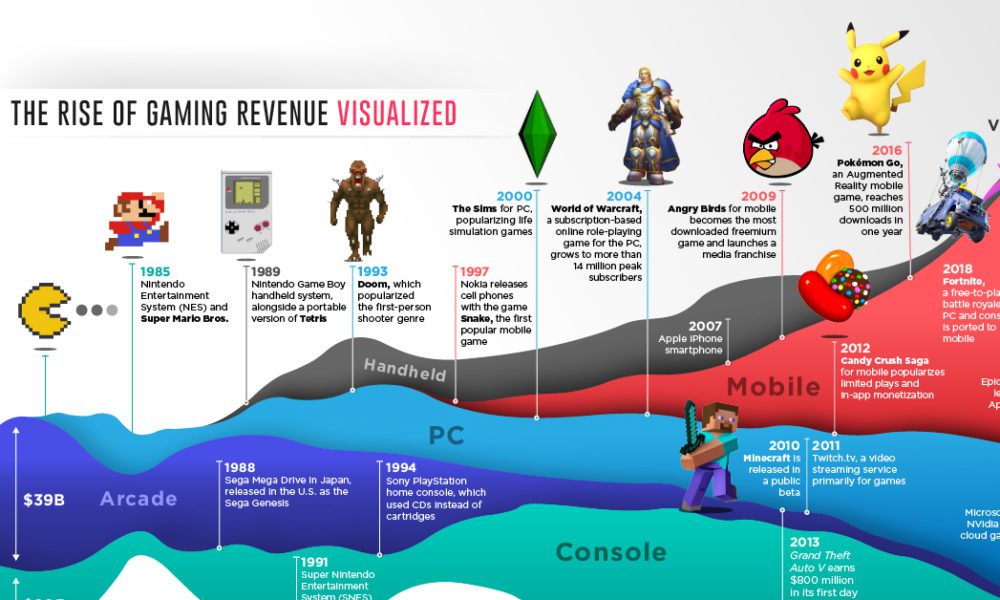In-game purchases are a major source of revenue for gaming companies, generating $87 billion in revenue in 2020 alone, according to a report by SuperData. The free-to-play model and the prevalence of microtransactions have contributed to the popularity of in-game purchases. Additionally, the trend of “games as a service” has led to continuous updates and new content releases, which are financed by in-game purchases. While in-game purchases will likely continue to be a vital revenue stream for game developers, there is growing scrutiny over their impact on players, particularly younger players, which may lead to greater regulation in the future.
In-game purchases continue to drive revenue for gaming companies
Introduction
With the gaming industry growing rapidly, in-game purchases have become a key revenue generator for many gaming companies around the world. This trend has been growing in popularity in recent years, thanks to the rise of free-to-play games and microtransactions. In-game purchases have proven to be a lucrative source of revenue, and it shows no signs of slowing down anytime soon.
Increasing popularity of in-game purchases
In-game purchases have surged in popularity in recent years, with the free-to-play model playing a significant role. This model has allowed developers to offer games for free, enabling players to experience the game without any initial investment. This, in turn, has led to a huge increase in the number of players who can access these games, which has created an extensive audience for in-game purchases.
Microtransactions
Another factor contributing to the rise of in-game purchases is the prevalence of microtransactions. These small purchases allow players to purchase virtual goods, such as in-game currency, experience boosts or cosmetic items, which can enhance the gameplay experience. The low price point of these purchases, combined with the ease of making them, has made them hugely popular among gamers.
The impact on revenue
In-game purchases have had a significant impact on the revenue generated by gaming companies. According to a report by SuperData, in-game purchases generated $87 billion in revenue in 2020 alone – a 10% increase from the previous year. This accounts for around 75% of all total digital gaming revenue.
Games as a Service
The trend of “games as a service” has also played a role in the rise of in-game purchases. Games as a service, or GaaS, is an approach to gaming that involves continuous updates and new content releases to keep players interested in the game. In-game purchases serve as a way to finance these updates and ensure that developers can continue to support these games over time.
The future of in-game purchases
The popularity of in-game purchases shows no signs of waning. Gaming companies are continuing to use in-game purchases as a way to generate revenue, and it is likely that we will see more developments in this area in the future. However, there is also growing scrutiny over in-game purchases and their potential impact on players, particularly younger players. As a result, there may be calls for greater regulation in this area in the future.
Conclusion
In-game purchases are a significant revenue generator for gaming companies, with the trend showing no signs of slowing down. As the gaming industry continues to evolve, in-game purchases will likely become an increasingly vital part of the revenue streams for developers. However, it is essential to consider the ethical implications of this revenue model and ensure that players understand the impact of their spending.
